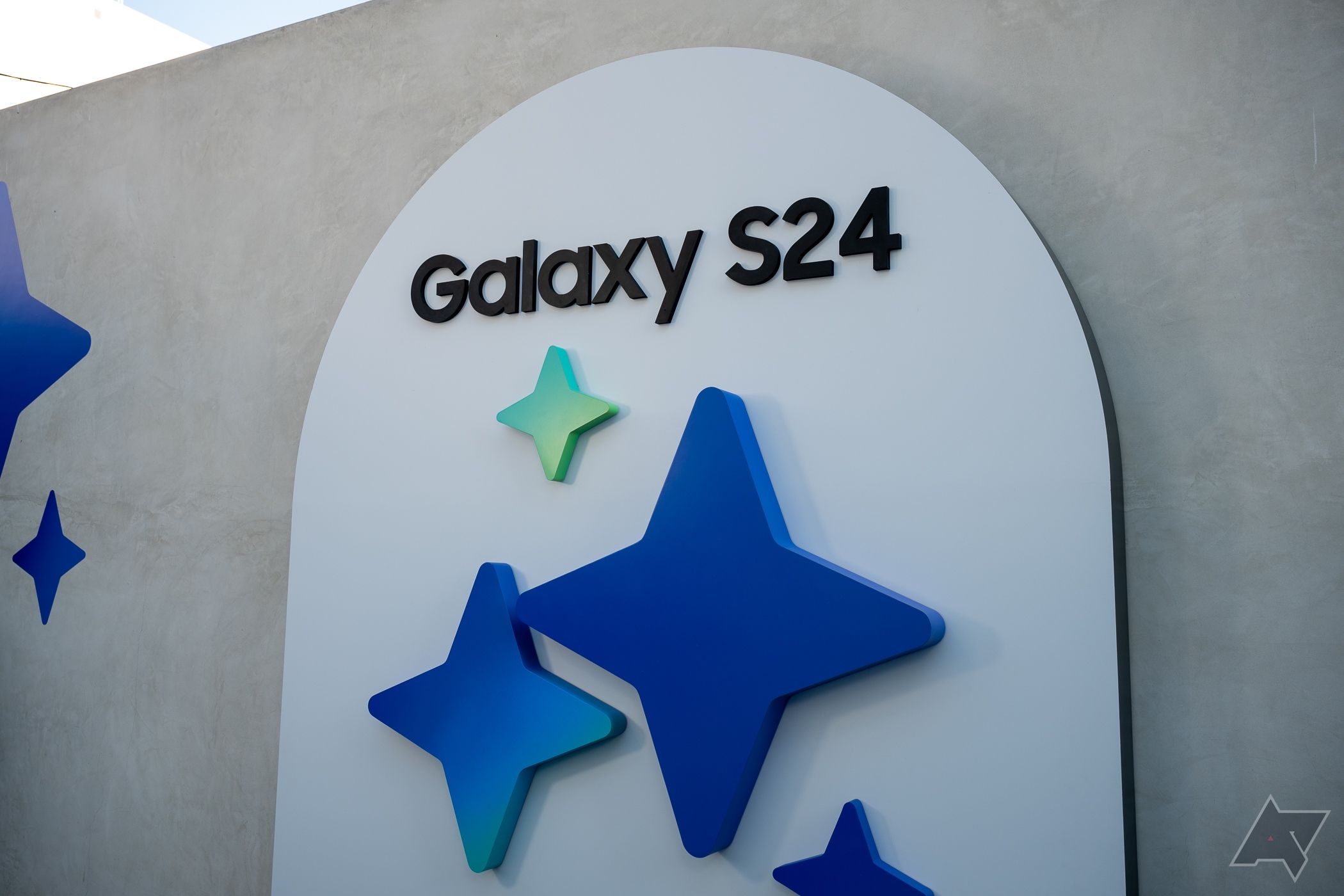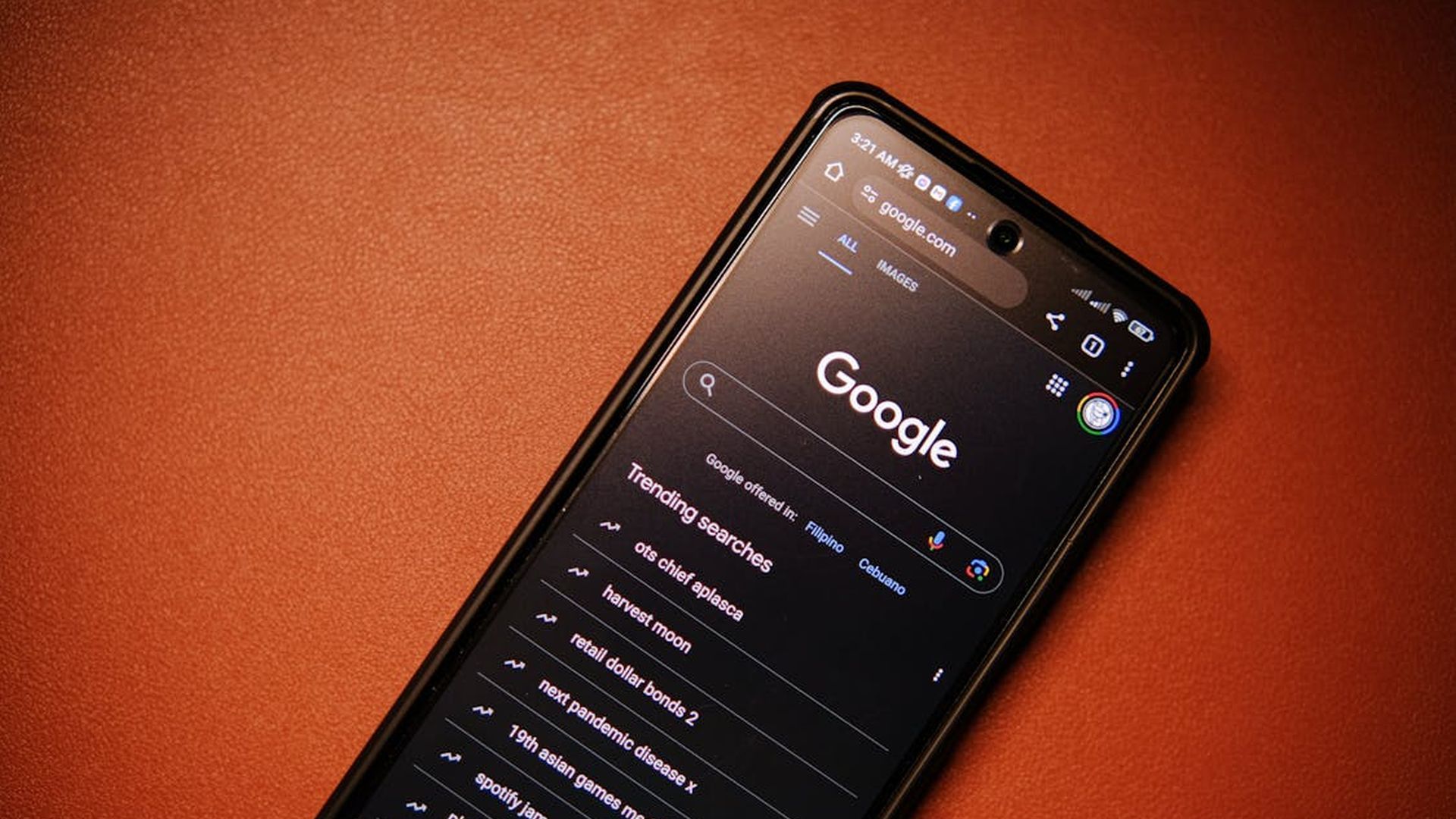If you’ve spent any amount of time on social media lately, you’ll find hundreds of snobbish posts and threads declaring you behind the times if you don’t have at least a dozen AI apps installed on your phone. Most of the flagship Android phones come packed to the brim with a suite of generative AI tricks — just think of the marketing schemes behind the Google Pixel 8 and Galaxy S24, while Apple gears up to add its own share of tools this fall.
So, when all these companies are elbowing each other to get you the shiniest AI features without you shelling out a dime, does it even make sense to pay for AI tools outside of some truly niche cases?
There’s an AI app for that, that, and that too
I can see ‘em everywhere!
Want to have a friendly chat (yeah, no funny business) with AI? Easy enough with one of dozens of chatbots. Do you need an artistic image made within seconds? AI can do that for you in no time. Need to quickly put together a code snippet? As Apple’s ads used to say, there’s an app for that. So, you want to create full-blown marketing campaigns and presentations? You guessed it — plenty of options for that, too.

The 5 best AI apps for your Android phone or tablet
Cut through the clutter to find the best AI apps for your Android.
You get the gist. There are a ton of AI apps that claim to do so many kinds of things that it could very well give you an existential crisis over how machines will get the better of you at everyday tasks. It’s jaw-dropping to see these tools create things so swiftly and effectively with just a simple text prompt. And you’re surrounded by AI apps like ChatGPT — which just launched its latest version for free for every user — not to mention Google Gemini and Copilot. If it could, Microsoft would throw a Copilot key on every existing keyboard in the world.
These AI generalists aside, there are plenty of specialized apps on the market, including names like Claude, Perplexity, Ideogram, and more. There is a chance that many of you may have never heard of them, but these services not only pack a punch but also draw a lot of users. It all comes down to one simple reason: they’re available for free.
Having to pay for apps is hard
Especially when free alternatives usually exist
Most of these services can be used even without creating an account, let alone adding yet another monthly subscription to your credit card. Some apps do add certain usage limits, but they are quite generous for regular use, even if you go overboard excitedly playing with these tools. These companies are, in fact, adamant about making their offerings available without a fee, and there are two major reasons for that.
The first one is simple. The more users try the app, the more engagement it will get. And all that engagement has a direct or indirect effect on the balance sheet and the kind of investor funds these companies can raise. It’s all business at the end of the day, you know. That’s why free services are extended to drive users en masse, something not possible when you have a paywall with no free offering.
The second reason is something you must have heard a bunch of times: data is the new oil. So, when a lot of users interact with an AI tool, they are basically training it with their exchanges, for which you should be paid for ideally but aren’t. Ask anybody in the industry and they’ll tell you how crucial this organic training data is for AI to learn from real queries and user patterns — it’s a gold mine, to say the least.
These companies themselves have a massive incentive to offer free services to the general audience, while only selected features are put behind a subscription for the professionals.
Google’s model for the win
Turns out Google figured out one thing perfectly
You don’t need to pay for Google’s services. Sure, the free versions come with their own limitations — whether its a space quota in Photos or ads on YouTube — but most of us aren’t at least shelling out tens of dollars every month just to send a sweet birthday message on Gmail or chart our monthly expenses in Google Sheets. That is why billions of people use Google’s services every single day. Other tech giants like Apple and Microsoft have free versions of many of their core offerings as well.
Even OpenAI joined the fray more recently with its most powerful LLM, GPT-4o. This model is far more capable than its predecessor with its multimodal capabilities. Yet, OpenAI has made it available to free users (with some usage restrictions), which means you don’t need to cough up $20 a month to access it. When OpenAI does that, it puts pressure on other companies as well to make their best offerings available without charge.
And that’s already happening. Google has made many of its flashy AI features like Magic Editor, Magic Eraser, and Photo Unblur available for free with limitations — you earlier needed either a Google One subscription or a Pixel phone to use these. While Samsung may decide to charge you for its generative AI features on the Galaxy S24 series starting in 2026, there will always be free alternatives from Google and others that will be equally good if not better. Knowing Google, it will double down on its AI features in the next few years to stay ahead of the curve when it comes to smartphone users.

What is Galaxy AI, what can it do, and how do I use it?
Learn more about Galaxy AI and how to use it on your Samsung Galaxy S24 phone
While paid services will exist for specialized use cases or to do some things slightly better than their free counterparts, that slight difference will never be perceptible or worth the extra spend for an average user. We’re quite literally struggling with people taking AI-generated content for the real thing, so finding differences between two AI-generated pieces is a long shot that you can ignore right now and in the long run, too.





